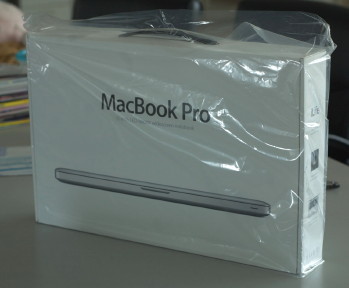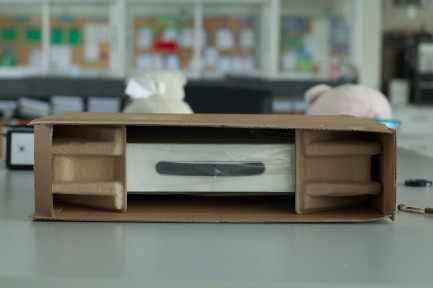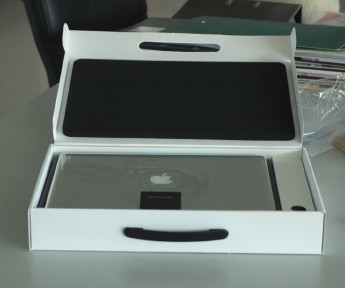|
|
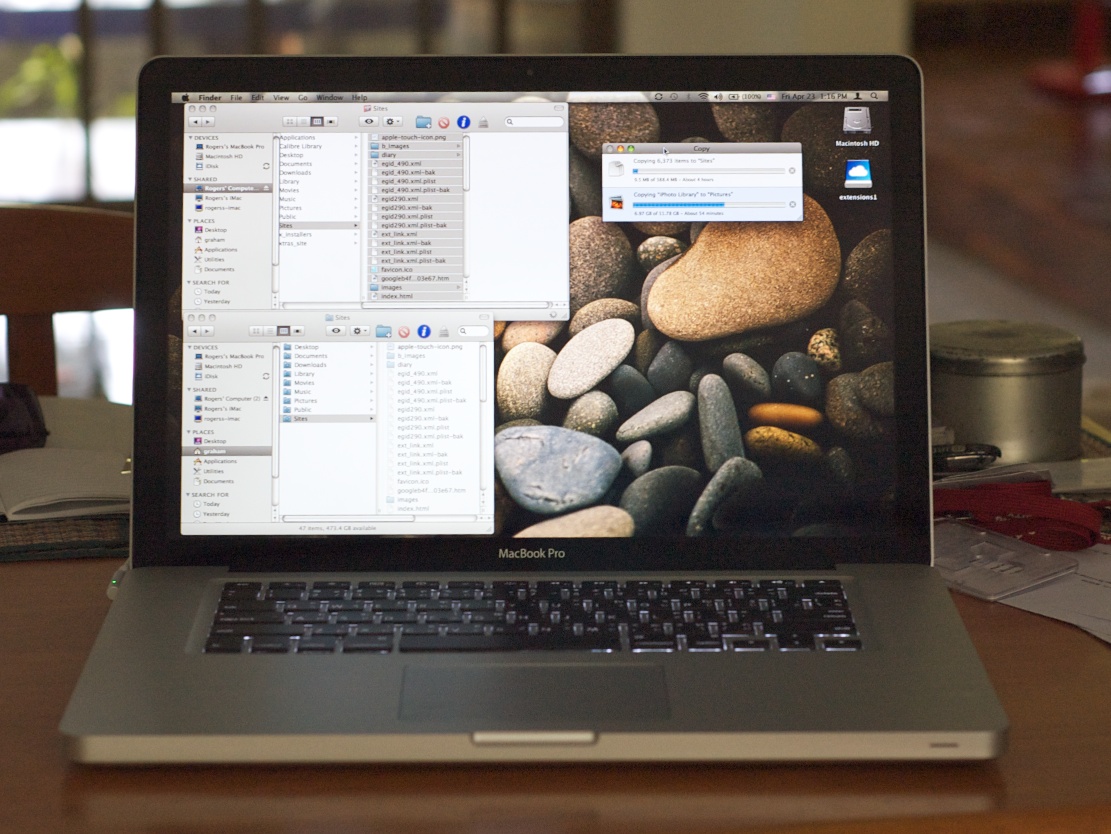
Apple took a long time to update the MacBook Pro. I delayed buying a new portable Mac, which left my reliable 3-year old MacBook Pro cluttered and creaking with an almost full hard disk. I know I am going to be mortgaged up to the hilt for the next couple of months, but I decided on the top of the range with its 2.66Ghz processor, partly because it is the only one that uses the new Intel i7 chip. All the others, including the 17" MacBook Pro use i5 Processors. I sent my order to Khun Phornpen at EITS, the Apple education distributors for Thailand, within the hour, disturbing her Songkran, but she got back to me the next day and we were under starter's orders. A check later with EITS told me they arrived the week after Songkran. Mine was in my hands in its sealed packaging a couple of days later on the Thursday afternoon. I opened it up carefully in my office and had a brief look, but waited until I went home as the initial processes ask for Internet access: much better where I live.
Also changed is the way to activate the Firmware Password Utility: this prevents start-up from external disks. Previously this utility could be copied onto the hard disk, but now it can only be activated from the original install disks. It may be de-activated either by using that disk or by pressing the Option key at start and entering the firmware password.
It was thought that this would use the Intel-developed method called Optimus, but Apple has developed its own in-house system. There is also something described as "Turbo-boost" which works like over-clocking and pushes the output of the 2.66Ghz processor to 3.33Ghz for short periods when extra processing is needed. The battery is larger than before, but this is not normally user accessible and would need changing at a servicing agent. However, the small manual does detail changing a hard disk and upgrading memory which would also need removal of the panel underneath. Some early users were reporting poor battery performance: well below the possible 8-9 hours advertised by Apple. There were suggestions that certain applications, like iWeb, iMovie, GarageBand and Skype may cause unnecessary use of the higher performance graphics. I will examine this in the next few days. A developer created a small utility that provides a small display - i or n - in the menubar to indicate which card is in use. I found that Aperture, unsurprisingly, activates the NVidia graphics processor.
The ports have seen no changes and are all on the right as we face the screen. The optical drive is on the left. Some thought that Apple might go for USB 3 with these machines. There are not many USB 3 devices available and it may be that other updates with connectivity could be in the development stage, like Light Peak. Apple has taken on board some of the comments from professional users of these computers and, although my computer has the standard glossy screen, there are two high definition options available: glossy and non-reflective.
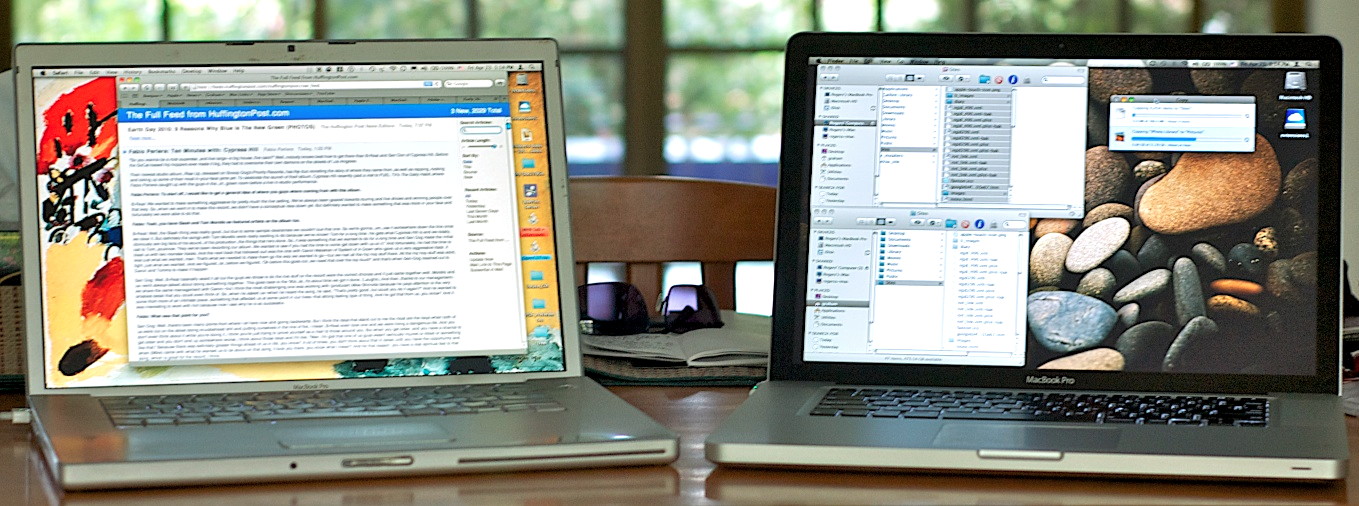
The Old and the New See Also: Transferring the iPhone Some Finishing Touches
|
|

